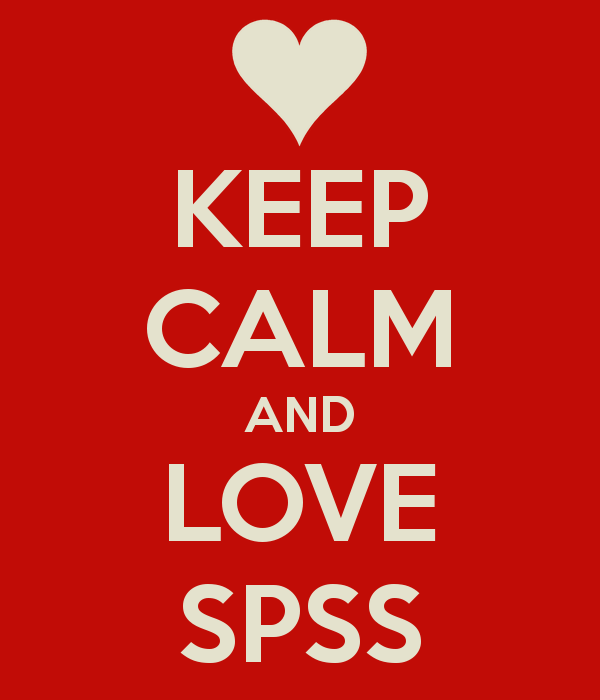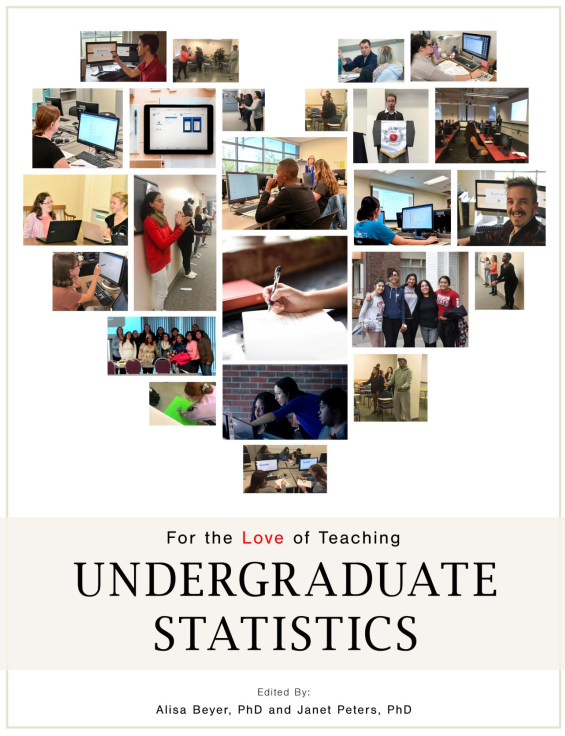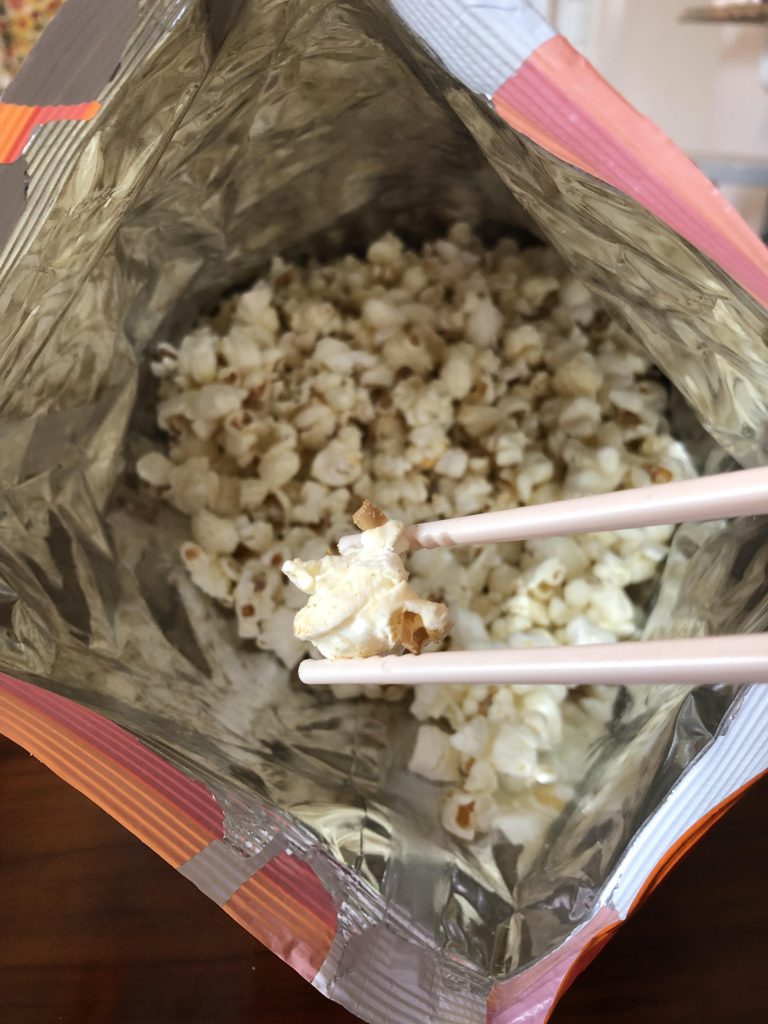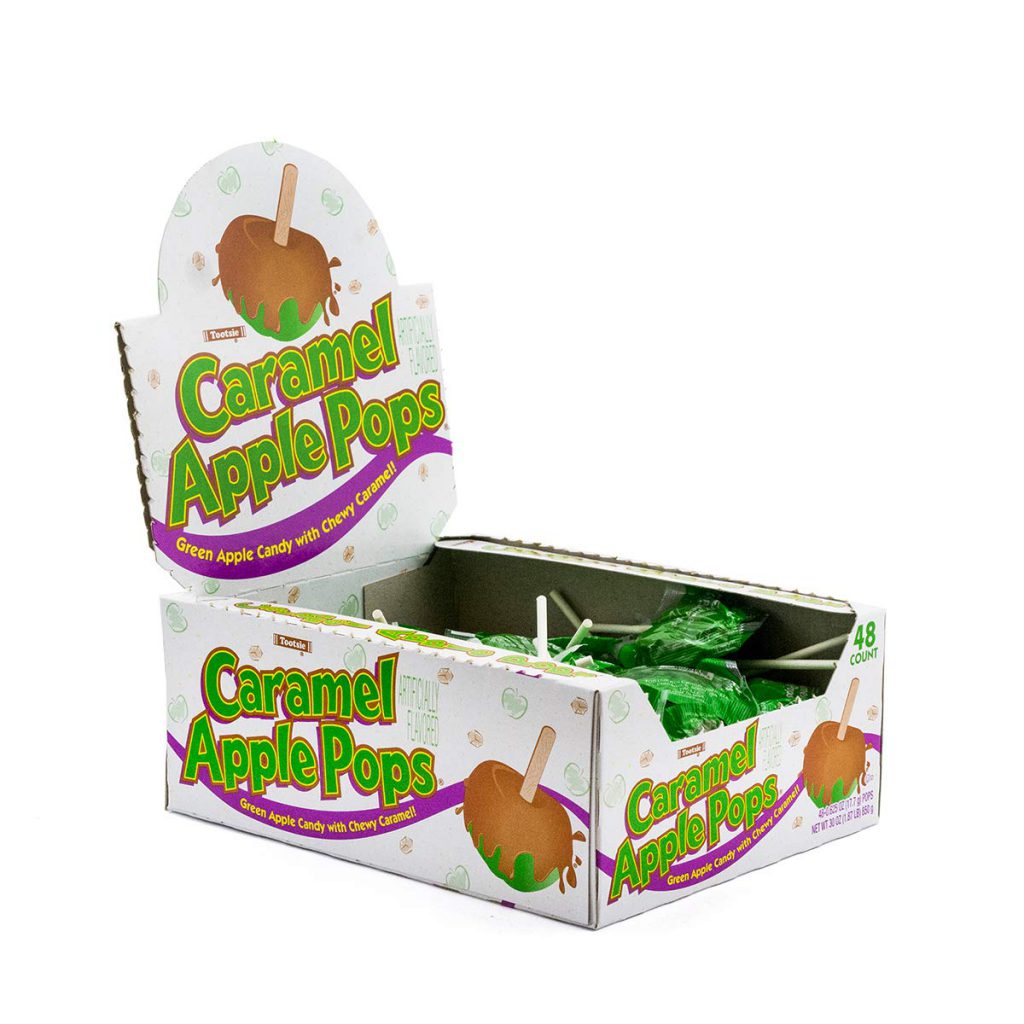Assignment: Data Visualization (Histograms, Pie Charts, and Scatterplots) (SPSS)
In this assignment (created by Dr. Kimberly A. Barchard and Dr. Leiszle Lapping-Carr), students learn how to create and edit histograms, pie charts, and scatterplots in SPSS. A detailed grading rubric is included. This assignment was designed to be completed with an existing dataset (the address is given on the assignment). The handout includes instructions […]
Assignment: Data Visualization (Histograms, Pie Charts, and Scatterplots) (SPSS) Read More »










